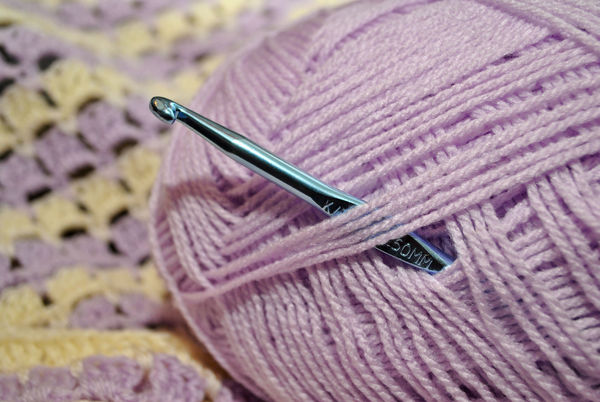The Beginner’s Guide To Reading Crochet Patterns
The perfect guide for beginners to learn the basics behind reading crochet patterns!

You’ve mastered a few basic crochet stitches and you can’t wait to dive into your first project, but every pattern you find seems to be written in a foreign language. Making sense of these abbreviations and symbols isn’t as hard as learning another language, but it still takes practice and repetition to get it right. Start by learning the basics, and then dig deeper as your skills improve.
Before You Get Started
Always read through all of the instructions before you begin a new project. This saves a lot of time and money if you run into a stitch or technique that is well above your current skill level. Start by reviewing the recommended skill level. Most patterns are categorized as beginner, easy, intermediate or advanced. Read over the supply list, paying special attention to the recommended gauge, and look over any notes or specialized instructions the pattern includes.
Need-to-Know Crochet Abbreviations
Most crochet patterns consist of several brief lines of text, each explaining how to complete a row or round of the finished project. Blankets, shawls and pillows are some common projects worked in rows, while hats, socks and similar circular products are usually worked in rounds (abbreviated “rnd”). The first line typically has the abbreviation “ch,” followed by a number, and refers to the number of chain stitches needed to start the project.
The lines that follow contain abbreviations for the type of stitch, such as “sc” for single crochet, “dc” for double crochet and “hdc” for half-double crochet. The following lines may also include information regarding the proper hook gauge, and this information usually indicates the stitch in which to begin. Several symbols represent repeating rows and rounds, depending on the publisher, including parentheses, brackets and asterisks. Many patterns offer legends with explanations of the abbreviations used.
Depending on the project, a crochet pattern may include finishing instructions with terms such as “wrong side,” which means the unseen side of the finished item, or it may have crochet charts or diagrams for borders and edging. Complex designs often have additional instructions and use more abbreviations. Learn more tips and tricks to improve your next project here.
SKM: below-content placeholderWhizzco for CRH

